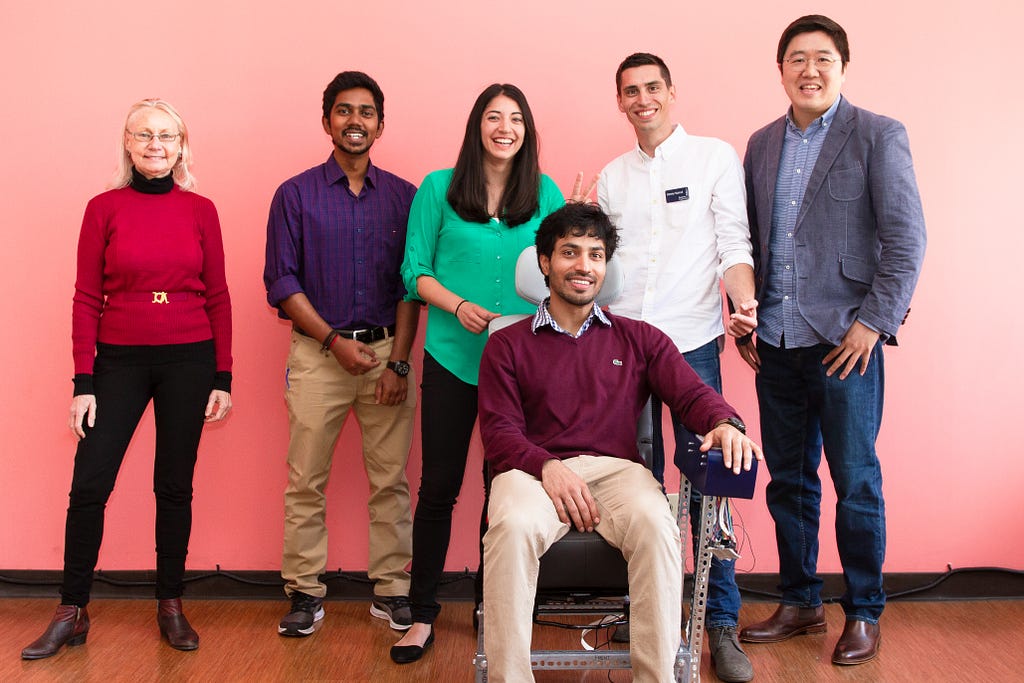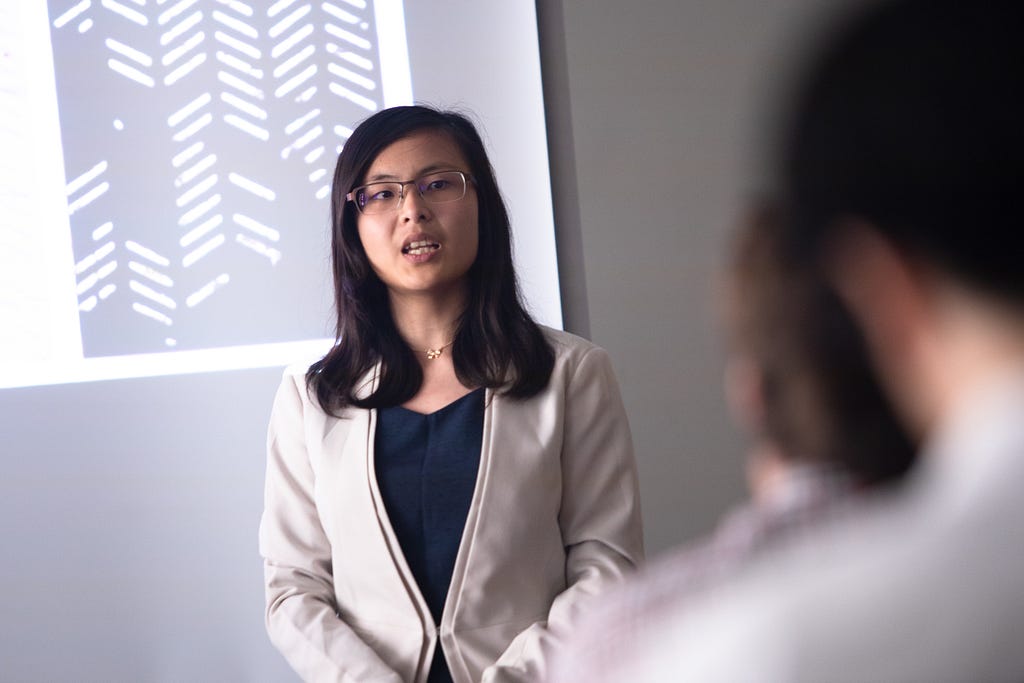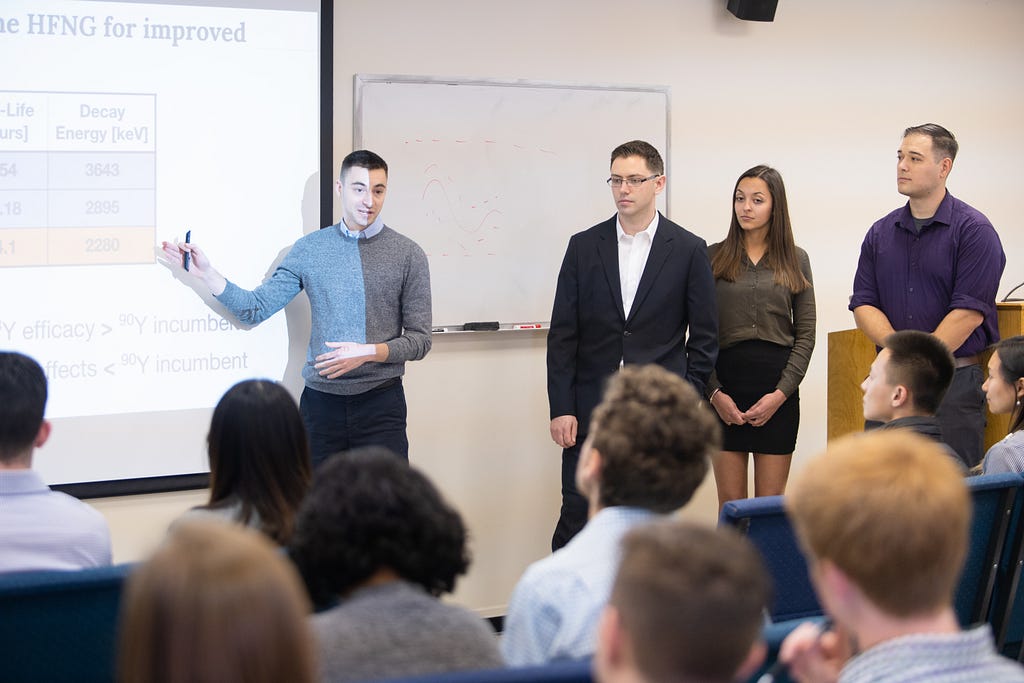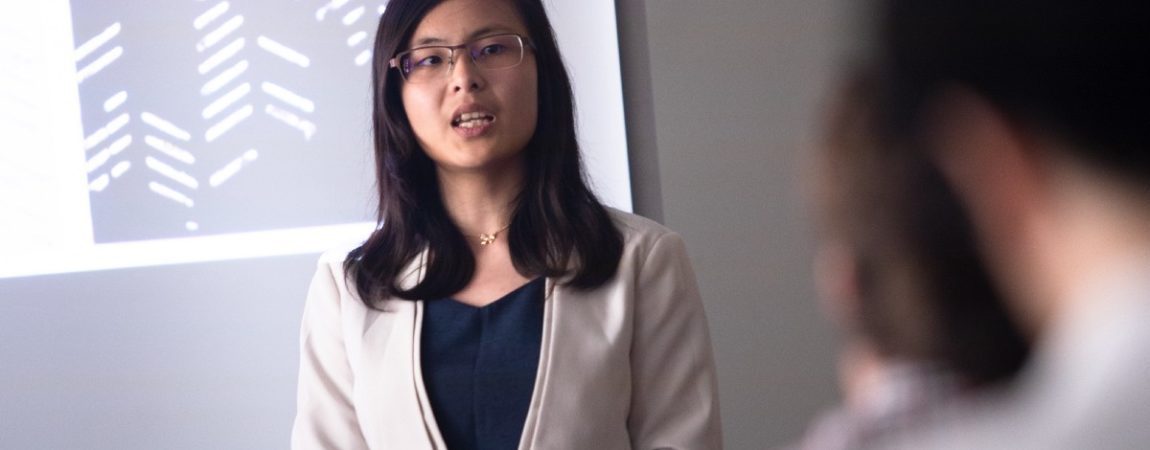By Caroline Osterman

A few highlights from the first day:


Celebrating social innovation at annual Capstone Showcase: Day 1 was originally published in Berkeley Master of Engineering on Medium, where people are continuing the conversation by highlighting and responding to this story.


